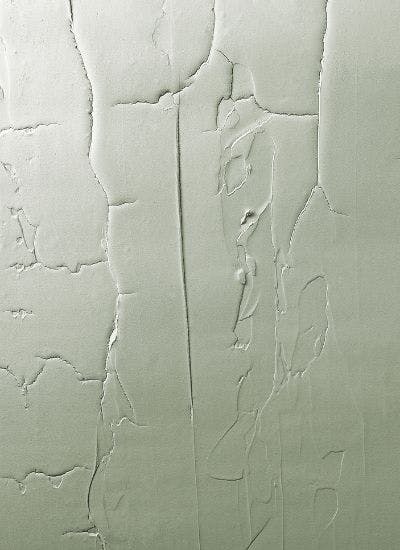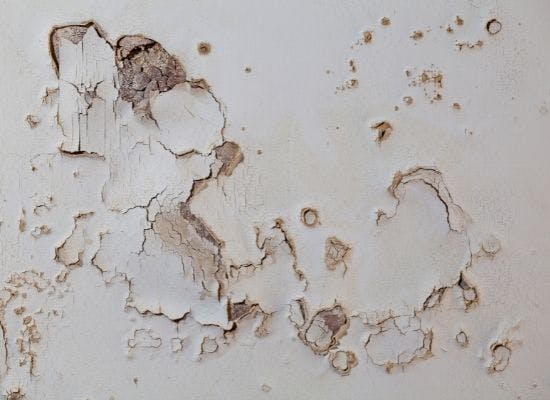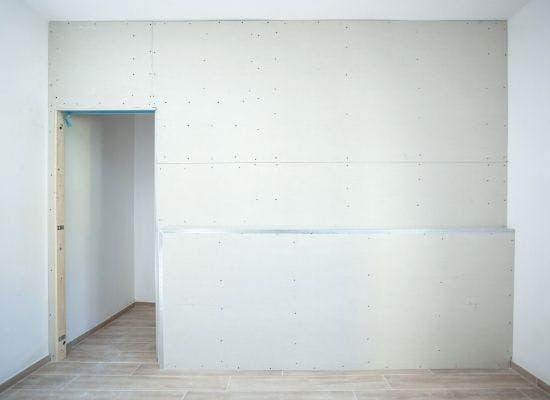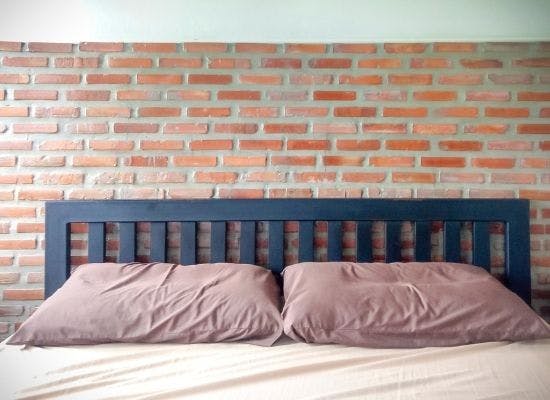Plastering
Plaster Not Drying? Here's Why
Written by Dale Richardson - Updated: June 23, 2023
Stay Updated with Expert Tips!
Love our DIY guides and solutions for common household problems? Get expert advice, tips, and exclusive offers in our newsletter. From garden hacks to home maintenance and special deals, we've got it all. Join our growing community now!
Finally getting your new room plastered and all ready to go is great, but if it's taking a while to dry you may be worried. Plaster not drying can be caused by a few things, and there are ways to work with it - so don't panic quite yet. Keep reading for all of the tips Fraffles can conjure and you'll be set (just like your plaster) in no time.
If your plaster is not drying, there are two big reasons as to why - moisture and time. Plaster can take one or more weeks to dry, depending on the depth. Adding moisture only makes it take longer.
Let's talk a bit more about that, shall we?
READ NEXT: Hairline cracks in new plaster? Here's why.
How Long Does Plaster Take to Dry?

Fresh plaster takes anywhere from 2-3 days to dry, to 7 days depending on the depth and type. Fresh plaster will usually dry within 3 days, while backing plaster and undercoat take longer. If the plaster is in damp conditions, it can take much longer - up to 3 weeks. And if your plaster went on thick, it will hold more water and take longer to dry.
Add in cold temperatures, and your drying process takes even longer. Keeping the ambient temperature of the room your plaster is in above 5 degrees Celcius and below 48 degrees Celcius is best for both drying time and your plaster's longevity. Not only will it turn out stronger, but it will hold up over time better.
You may have noticed your plaster changing colour as it dries - don't worry, that's entirely normal. Marbling and other patterns will often appear as it dries, with a minor colour change. What you need to look for, however, are extremely dark patches. Those signify a more wet spot, which will take longer to dry and could mean there's a damp problem in your home.
How to Help Plaster Dry
As the conditions plaster needs to properly set and dry are rather particular, it's good to take steps to encourage them as much as possible. You'll want to ensure you have good ventilation and be careful with temperature regulation. While it may be tempting to crank the heat, though that's not always the best solution.
If the plaster dries too quickly, you'll find cracks and imperfections forming as the plaster dries out. On the other end of the spectrum, if you open the windows and doors, you run the risk of letting in excess moisture. Keeping a dehumidifier in the room can help temper this, while still allowing ventilation in the room.
Ultimately, though, the best (and only) way to dry plaster is with time. It won't happen immediately and rushing it can lead to worse results - so don't give in to the temptation.
READ NEXT: How to fix bad plastering.
How to Treat Fresh Plaster

It's important that once your plaster has dried, that you treat it properly. Something you'll discover quite quickly is that plaster is a thirsty medium. It loves to soak up moisture, making painting it a pain if not properly prepared. When treating fresh plaster to paint, most professionals use what's called a "mist coat." This is, essentially, a very thin, diluted layer of emulsion paint that is meant to be sucked into the plaster.
The mist coat creates a good primer and seal for the paint to grab onto later. If you were to ignore the mist coat, you'd find that the plaster will pull the moisture from your paint. That results in peeled and cracking paint, alongside a generally bad finish.
Using PVA in place of a mist coat is not a good idea. It can lead to the same issues as an undiluted emulsion layer (mentioned below), making future paint unable to bond to the surface, among other things.
Mist Coats
A mist coat (like we mentioned in the painted breeze blocks article ) is a diluted emulsion paint. You generally dilute it at least 50% with water. Using undiluted emulsion paint would lead to the paint "sitting" on top of the plaster, rather than being bonded to it. That only leads to having to strip and redo the paint job later down the line - which is not good.
While it's possible to mist coat with any colour, I have found that white works the best. There is a reason that most primer is white, after all - it allows any colour you want without changing its appearance.
READ NEXT: Can you paint emulsion over gloss?
How to Apply a Mist Coat to Fresh Plaster

You can use anything you would to paint to apply a mist coat, though I personally prefer a roller. To mist coat primer, do the following:
- Dilute your mist coat with equal parts water - it should be milky in appearance when ready.
- Paint as normal, working your way from top to bottom. I like to detail corners with a paintbrush and tape off the ajoining walls, but you can do it how you feel is easiest.
- Fan outwards, starting in the middle of your wall. Reapply your mist coat until the wall stops abosrbing it. Generally, it will take 2-3 very thin layers.
Final Thoughts
If your plaster is not drying, there are a few things to do before panicking. First and foremost, be sure you've waited long enough. Don't expect thick, large amounts of plaster to dry in 2 days - it could take a week or more. Just be patient, and keep an eye on the plaster as it dries, looking for dark spots of moisture.
Once your plaster has fully dried, it's time to treat it for a final topcoat. First things first - don't use PVA. While some swear that it can work as a primer, I've never seen it work out. Go with the tried and true method - a mist coat of diluted emulsion paint. You may have to double up on the mist coat, but it will allow your paint to fully set and look as perfect as possible. Trust me, it's worth the extra step - plaster is thirsty, and it will soak up paint.
One More Thing Before You Go!
Craving more DIY insights? Don't miss our expert guides and exclusive deals. Subscribe now and get the best of home and garden tips straight to your inbox. Join our community and stay in the know!
Get Cashback Faster & Earn Free Fraffle Tickets
Shop at your favourite stores and enjoy cashback in days, not months. Plus, sign up today to get 5x Free Fraffle tickets!


















